I need help with creating a pivot table. I've already tried many offered solutions here but I am stuck. Hope someone can help. Here's my scenario:
Table1 sample
ID text 2712cb957
document_key text 201808
Table2 sample
ID text 2712cb957
amount_net int 56000
classid int 4021
Table3 (from Table1 and Table2 via inner join ID)
document_key amount_net classid
201808 10 4021
201808 10 4021
201808 15 4023
201808 13 4023
201807 20 4021
201807 15 4021
… … …
Expected pivot table
document_key 4021 4023
201807 35 0
201808 20 28
